International Human Resource Management Report: Strategic Insights
VerifiedAdded on 2020/03/04
|5
|719
|43
Report
AI Summary
This report delves into the realm of International Human Resource Management (IHRM), focusing on the creation of a global organizational context. It examines strategic issues, challenges, and drivers, considering cultural beliefs across various nations. The report highlights the roles of human resource managers in multinational companies, including ensuring global legal regulations, cross-border management, talent relocation, and employer branding. It emphasizes the importance of competencies such as orientation and relocation services to facilitate employee adaptation. Furthermore, the report addresses the impact of global competition, demographic changes, and technological advancements on IHRM practices, including the need for workforce diversity, remote work management, and continuous learning. Cultural differences, urbanization, and religious heritage are identified as significant factors influencing business activities. The report underscores the increasing need for the HR department to adapt to global trends and the evolving nature of IHRM practices.
1 out of 5
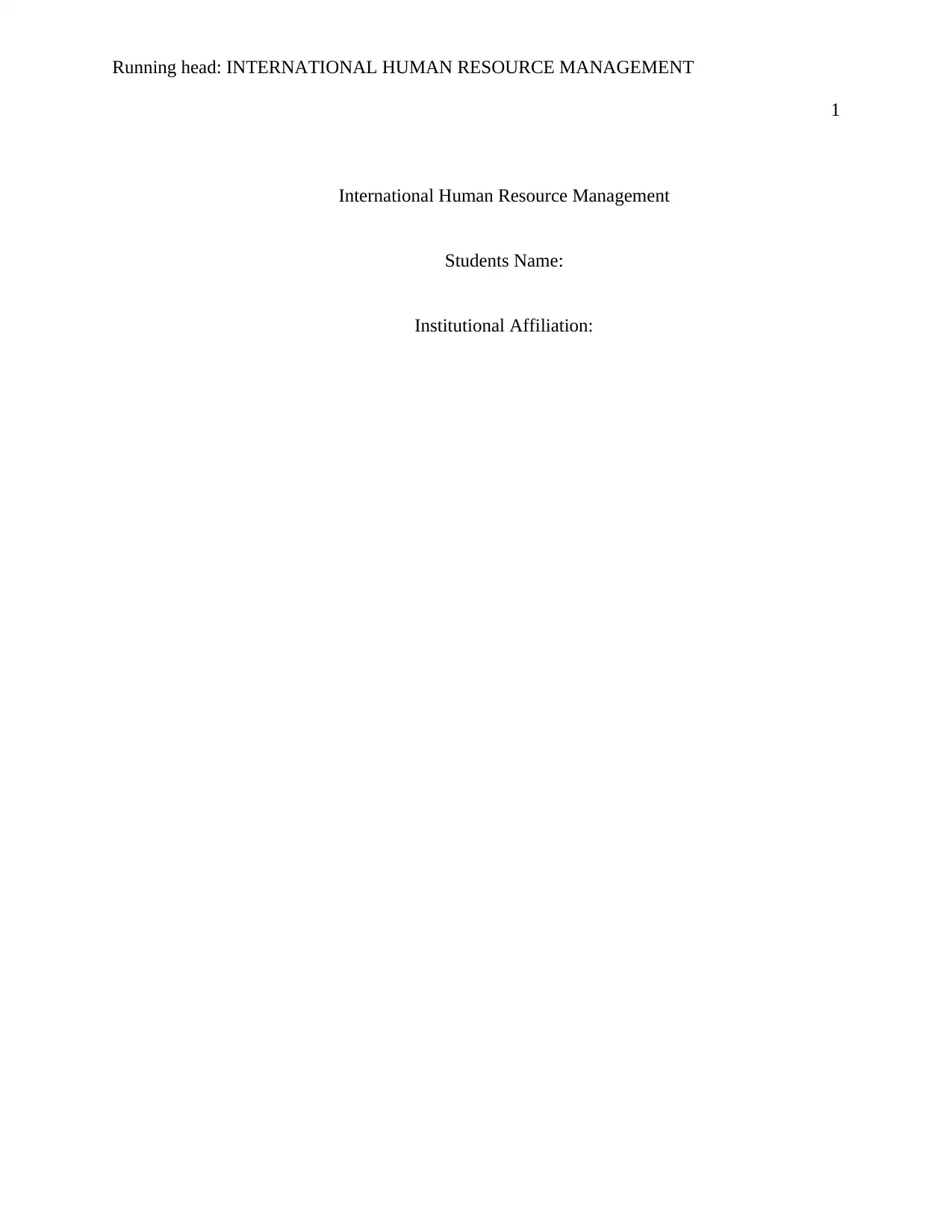
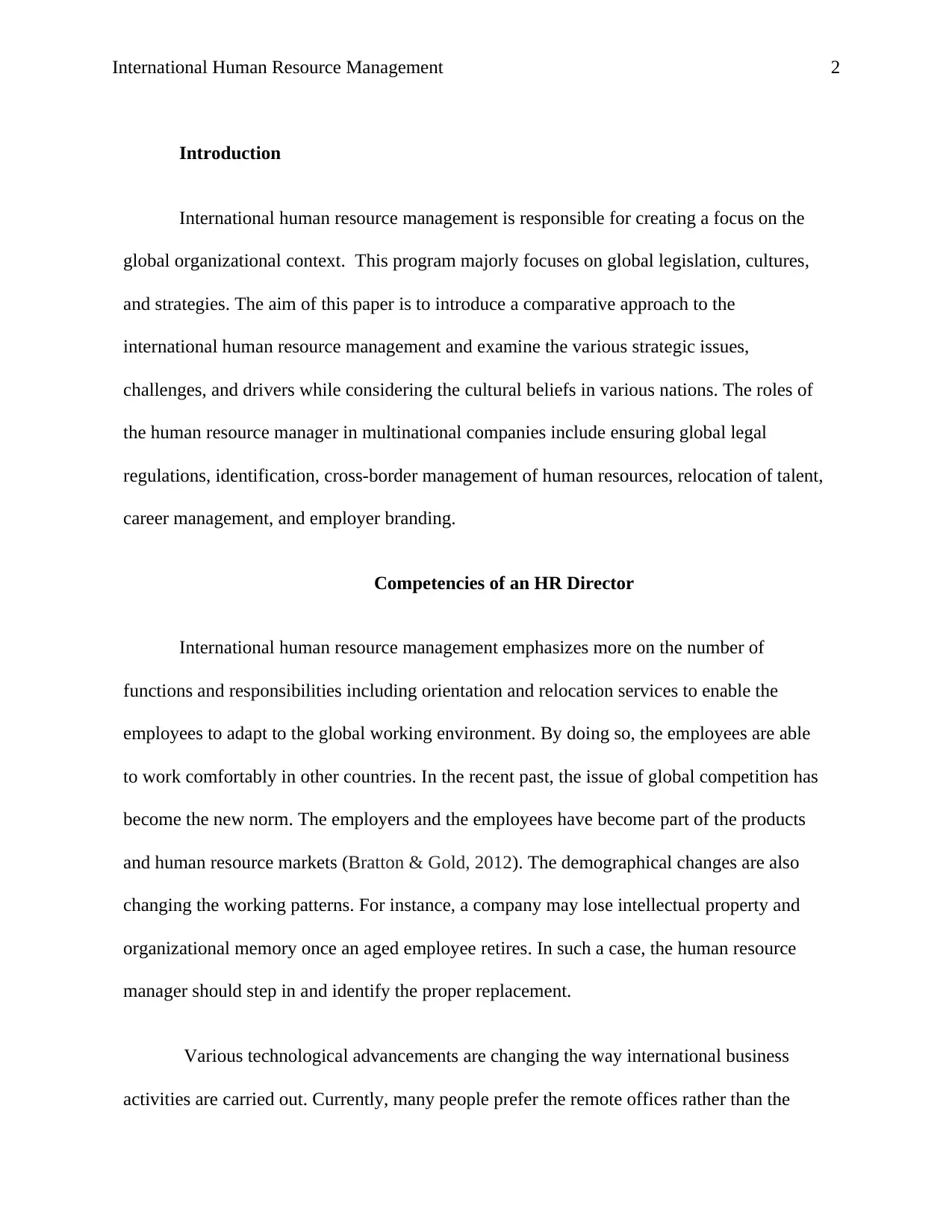
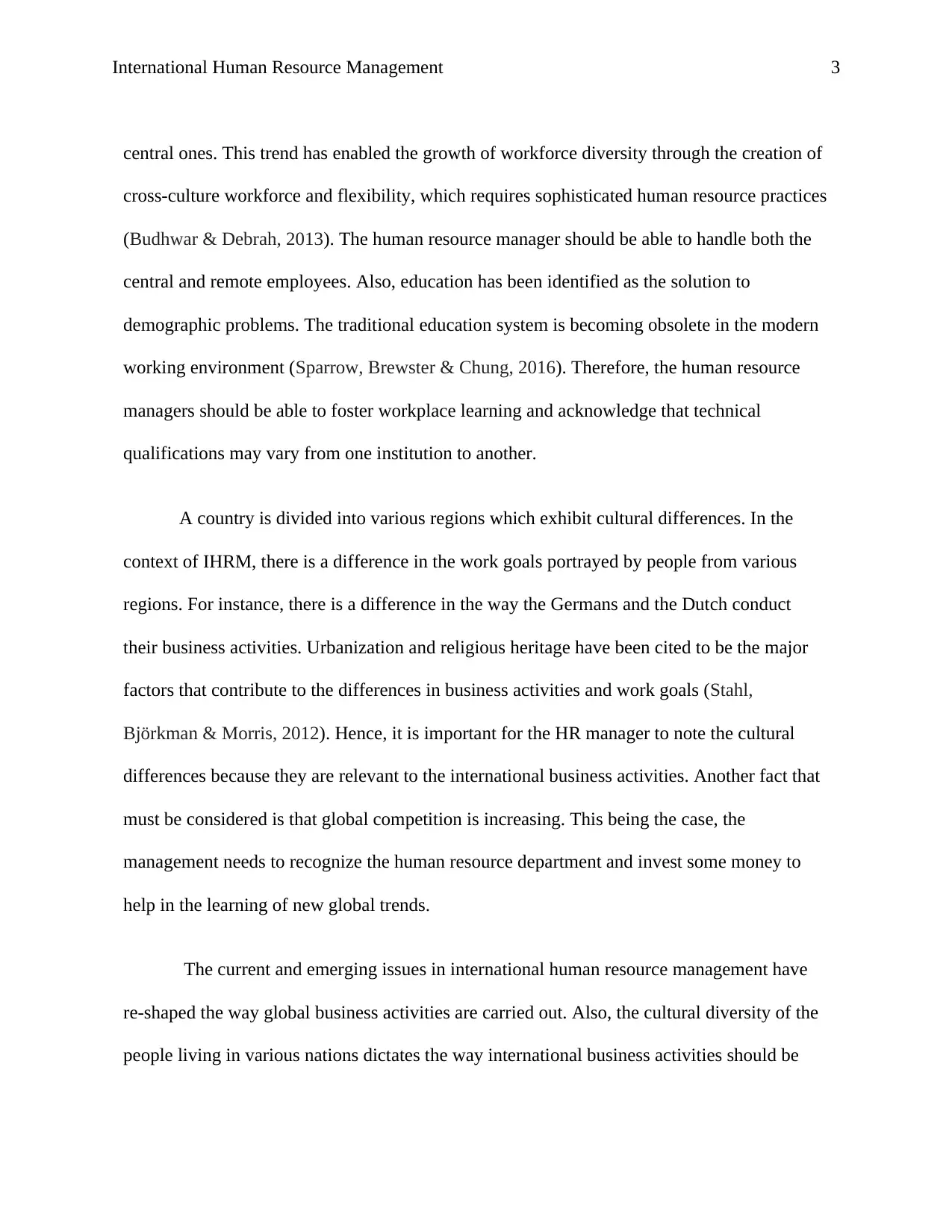

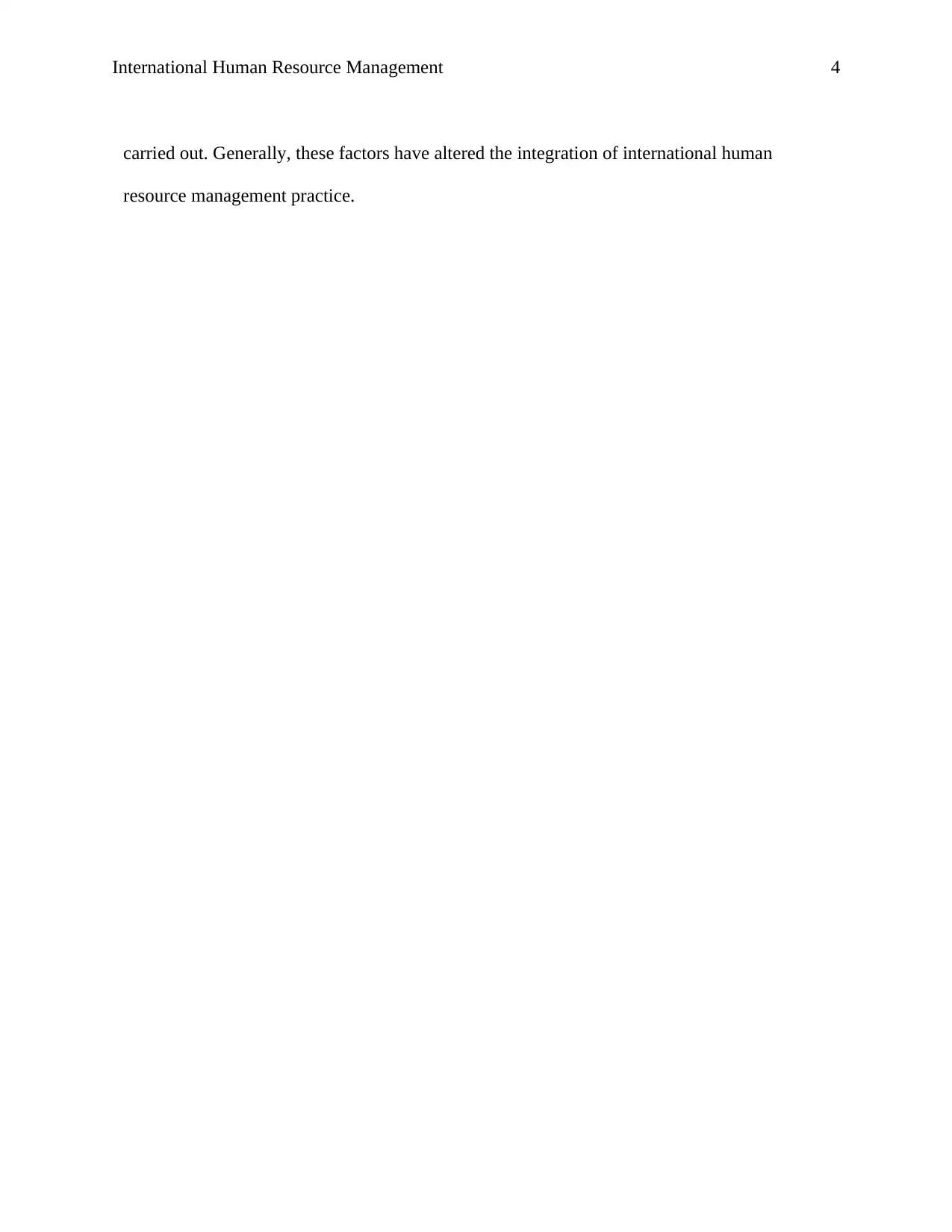
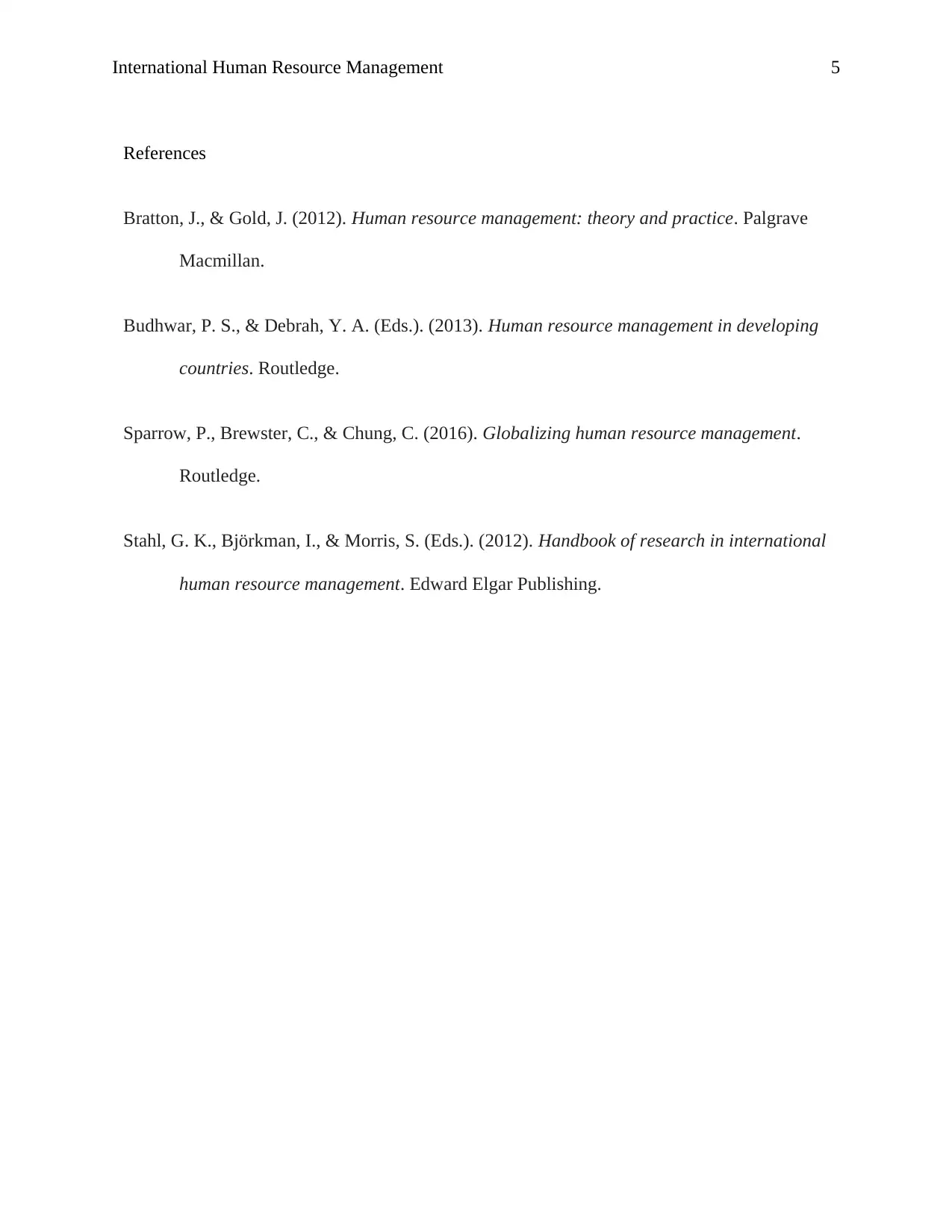





![[object Object]](/_next/static/media/star-bottom.7253800d.svg)